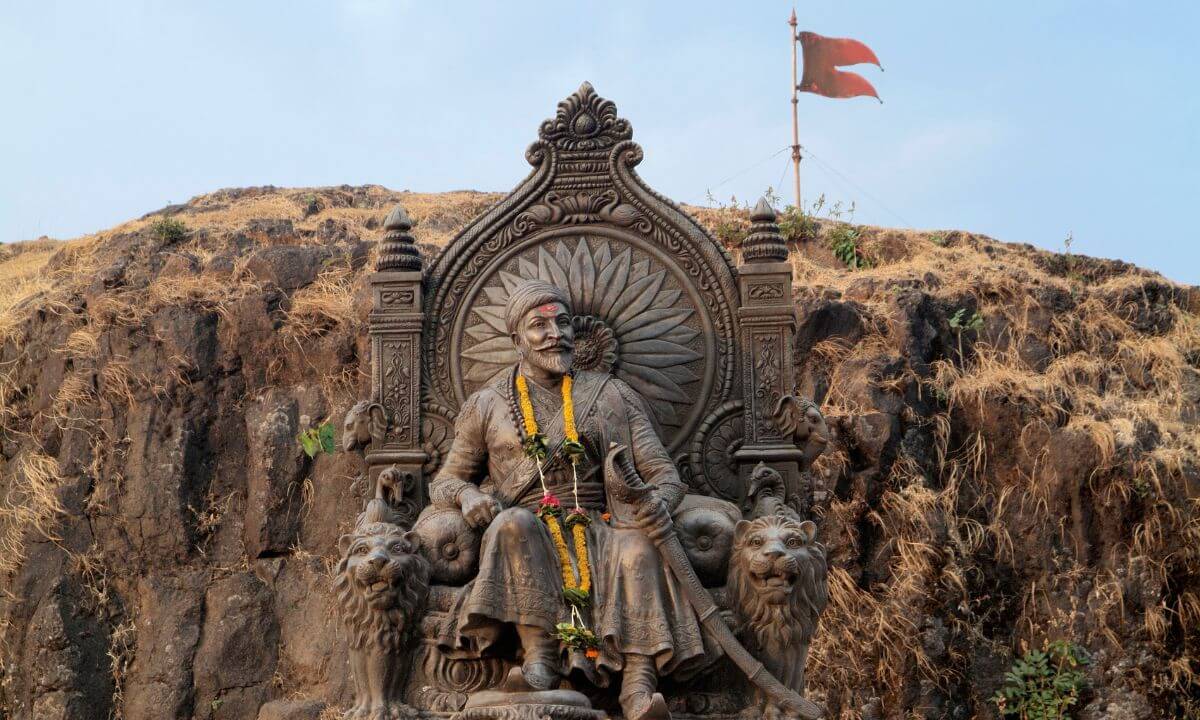The Forts of Maharashtra: A Journey Through History and Architecture
Rich in history, Maharashtra is a state whose forts are massive monuments to its past's bravery and architectural inventiveness. These forts, with their individual histories, were centres of government and culture in addition to military bases. Investigating these forts allows content developers to delve into the stories that moulded the area and catch breathtaking images. Three notable forts will be discussed here: Raigad, Lohagad, and Shaniwar Wada.
Raigad Fort: The Maratha Empire’s Capital
Once the capital of Chhatrapati Shivaji Maharaj’s Maratha Empire, Raigad Fort stands 1,350 meters in the Sahyadri mountain range. Originally called Rairi, Shivaji conquered the fort in 1656 and turned it into a strong fortification. 1674, it became Shivaji’s coronation location, signifying a turning point in Indian history. The fort’s prime location allowed it to guard against enemy attack and monitor trade routes.
Architecturally, Raigad is a masterpiece. Among the outstanding buildings in the fort is the King’s Darbar, or court, which still has a copy of Shivaji’s throne. Visitors can tour the remnants of the queen’s quarters, and many chambers used initially for royal family residence. Two imposing bastions rising roughly twenty meters high flank the main entrance of the fort, sometimes known as the Maha Darwaja. Takmak Tok, an execution spot where prisoners were hurled to their deaths—a sobering reminder of the turbulent past of the fort—is among the most moving locations in Raigad.
Raigad presents many picture possibilities for content developers. Visit during sunrise or sunset, when the golden light accentuates the rough beauty of the fort against the backdrop of verdant hills. Including unguarded moments of fellow visitors discovering the ruins will help your story be richer.
Lohagad Fort: Trekker’s Paradise
Not far from Lonavala, Lohagad Fort is well-known for its vistas and accessibility. Called “Iron Fort,” Lohagad boasts a legendary past from the sixth century. Before Shivaji seized it in 1648, it was a strategic focal point for several dynasties. Its deliberate location made it imperative to manage trade routes and resist invasions.
The fort’s strong construction, with well-preserved bastions and large gates, defines it. One particularly noteworthy feature is the lengthy ridge known as Vinchu Kata (Scorpion Tail), which runs from the main fortification and mimics a scorpion’s tail. This unusual arrangement gives the scene of Lohagad a fascinating component.
Lohagad offers a great trekking experience for adventure seekers and content producers. The climb to the fort is straightforward and provides fantastic panoramic views of the surrounding hills and valleys. Photographers can capture vivid settings during the monsoon season when everything is rich and green or during winter when visibility is clear.
Talking with other hikers along the path can result in unplanned events that make fantastic candid pictures. From Lohagad’s vantage points, catching dawn or sunset can produce excellent pictures highlighting Maharashtra’s natural beauty.
Shaniwar Wada: The Heart of Pune
One emblem of Pune’s architectural magnificence and historical relevance is Shaniwar Wada. Constructed by Baji Rao I in 1732, this stronghold provided the Peshwas of the Maratha Empire with their seat of authority until it was destroyed by fire in 1827 during a war. Shaniwar Wada is still a significant cultural site, even in ruins today.
The fort has excellent gates with detailed carvings reflecting Maratha’s artistic ability. Among its most famous buildings are the majestic entrance gates and traces of gardens that formerly bloomed inside its boundaries. The fort’s architecture calls for multiple water tanks and covert passageways for security.
Shaniwar Wada presents special chances for photographers to capture architectural features and historical stories. Visiting at night lets you capture the lit ruins against a fading sky—a dramatic contrast that improves visual narrative. Speaking with local historians or guides would help you better tell stories about Shaniwar Wada’s rich heritage, therefore guiding your images.
Conclusion
Along with providing unique backgrounds for photography and narrative, the forts of Maharashtra—Raigad, Lohagad, and Shaniwar Wada—offer not just peeks into India’s rich past. Every fort tells a different story, reflecting architectural genius, strategic relevance, and resiliency.
Content makers willing to visit historical locations have many chances to capture breathtaking images and interact closely with local history and culture. Whether you’re hiking the trails of Lohagad or recording Raigad’s magnificent ruins at sunset, these forts offer an enriching experience that will inspire long-after creativity and narrative.
So gather your camera equipment and start this trip throughout Maharashtra’s remarkable past!
- Content Creation, Cultural heritage, Explore India, film shooting, film shooting location, location for the photoshoot, Lohagad Fort, Maharashtra Forts, music videos, photo shoot location, Photography, photography location, Raigad Fort, Scene Locate, SceneLoc8, Shaniwar Wada, Travel Photography, vloggers

